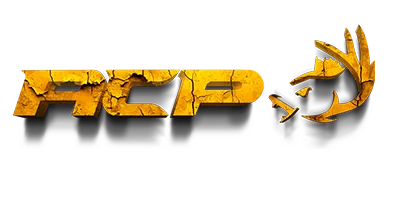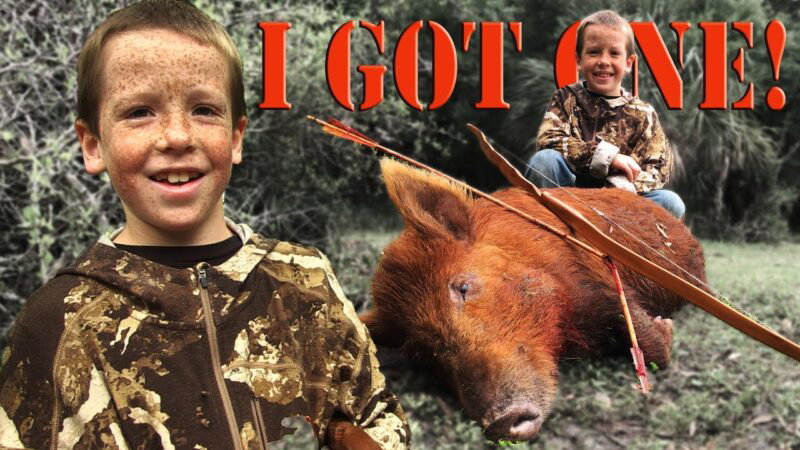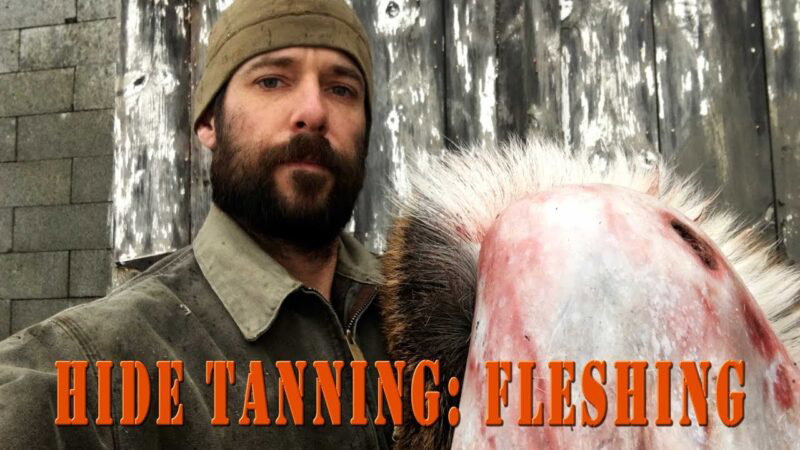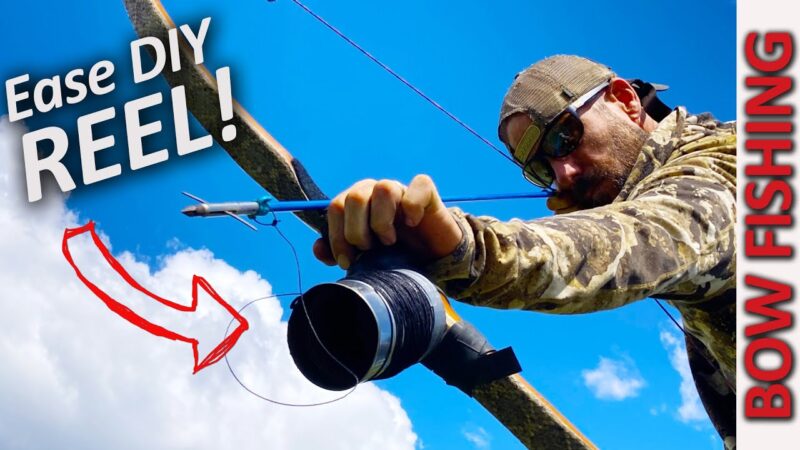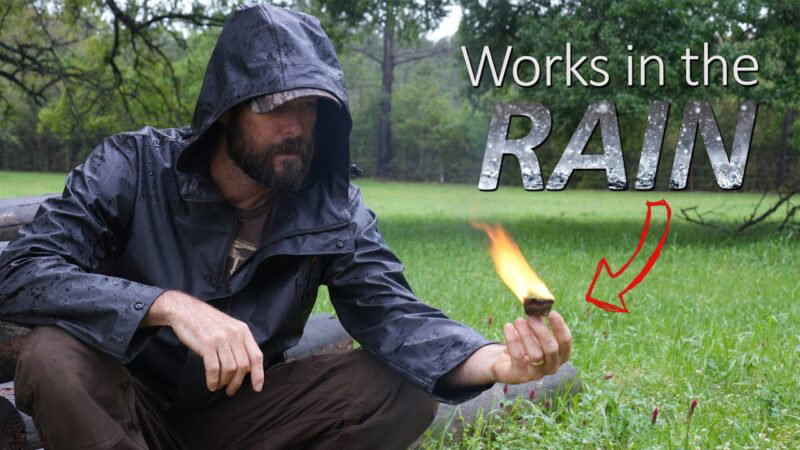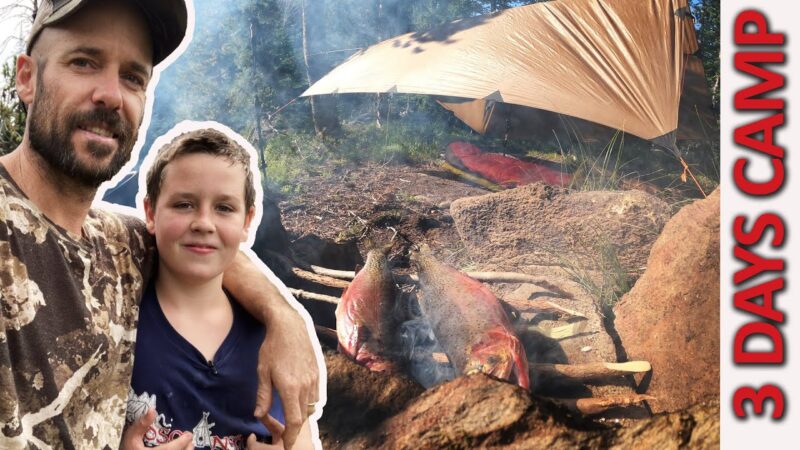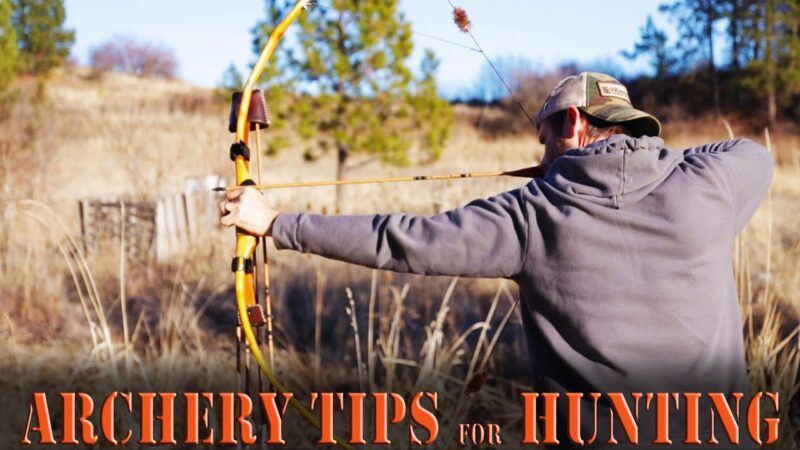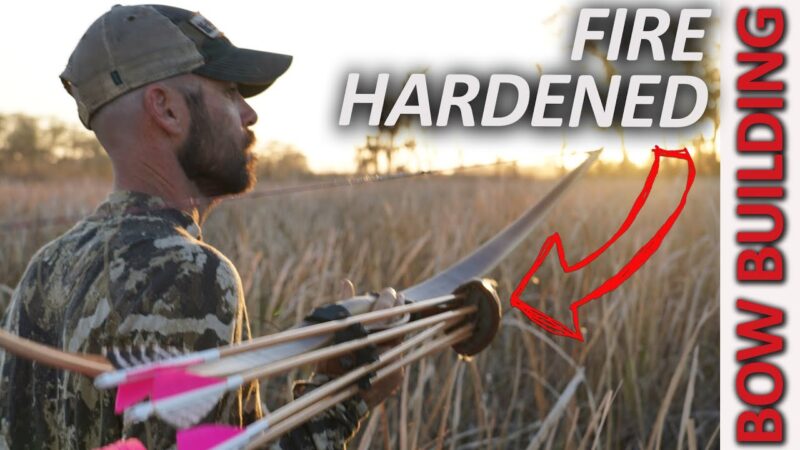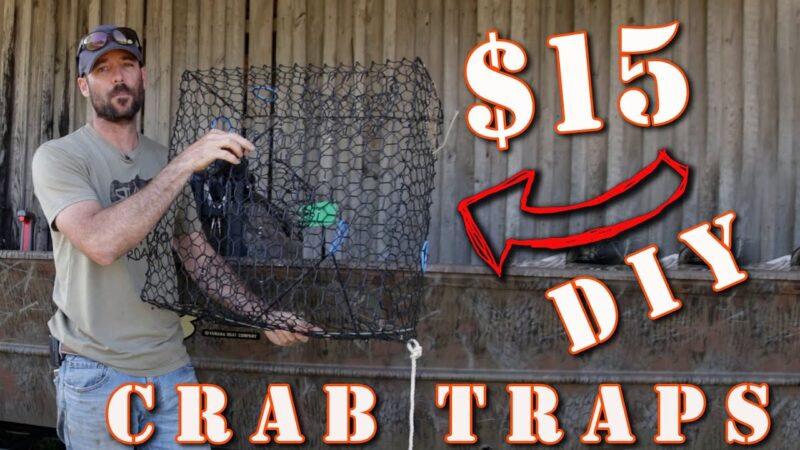Reviews
User Score
Rate This
Descriptions:
Clay Hayes Hunter How to skin a deer or elk at home – Complete guide
I’ve been butchering deer and elk myself for a long time now. And for most of that time, I paid little or no attention to the various cuts, with the exception of the rear loin and the fillets. If it looked like a roast, I’d make a roast. If it looked like a steak, I’d cut a steak. I had no idea that the different pieces, from different parts of the quarters, could lend themselves wonderfully to different cooking methods. Different muscles have different characteristics: some are hard, some soft, some full of tendons. Once I started paying attention and taking the time to make the right cuts, the possibilities for cooking wild game exploded! Let’s dive in!
We’ll start by breaking down the hindquarter of the elk into its various parts, namely the hock, the top and bottom of the round, the sirloin, the tip of the sirloin and the eye of round. Then we’ll move on to the shoulder. The hind legs are the subject of another video at https://www.youtube.com/watch?v=jVEJvirUudwPour. To begin with, remove as much fat and tendons as possible. Deer and elk fat tends to leave a waxy coating in the mouth, so it’s best to remove it. Once this is done, you can start to separate the muscles at bone level. The rear quarter can be broken down into the main muscles mentioned above. Some of these muscles had to work hard to support the animal’s weight and help it climb mountains. Others, like the upper round (inner thigh), work less. In the video, I show how to separate the muscles and explain how best to use them. For example, the upper thigh is best suited to thick steaks for grilling, while the lower thigh tends to be a little tougher.
I like to cut steaks very thin and use them for fajitas or carne asada.At home, we tend to use a lot of minced steaks, so I tend to mince a lot. Most shoulders go through the chopper, but there’s one cut I take the time to get. From one shoulder, you can get two rather large flatiron steaks (one of them is actually called a blade steak, but…), also shown in the video. You’ll need a sharp knife and a bit of practice to remove the layer of tendons between them. Once the tendons have been removed, the steaks are very suitable for grilling, provided they are marinated for a few days and not cooked to death. With venison meatDon’t forget to subscribe to our channel. Every week we upload a new video on one of the following topics: archery, bowhunting, bowmaking, survival techniques, bushcraft, self-reliance, primitive techniques, primitive bows, hunting, camping, the fishingA big thank you to our partners who help us finance these videos! https://www.3riversarchery.com/https://seekoutside.com/dst-tarp/?utm_twistedstavehttps://orioncoolers.comhttps://www.vortexoptics.comVous You can also connect with me on my other media! Website: https://www.twistedstave.com/Facebook : https://www.facebook.com/clayhayeshunter/Instagram : https://www.instagram.com/clayhayeshunter/Patreon : https://www.patreon.com/clayhayes
source
We make the best traditional archery, bow making, recurve hunting, craftsmanship and survival videos on the web. Join Clay, Liz and the kids on their outdoor adventures, from bowhunting deer and elk in the mountains of Idaho to hunting wild hogs in Florida, and practicing crafts and survival skills. We hunt and fish because we love it, but it’s also how we get most of our meat. Hunting is our way of life. We also cultivate a large garden on our Idaho property. This, combined with hunting, fishing and gathering, is how we obtain most of our food.
